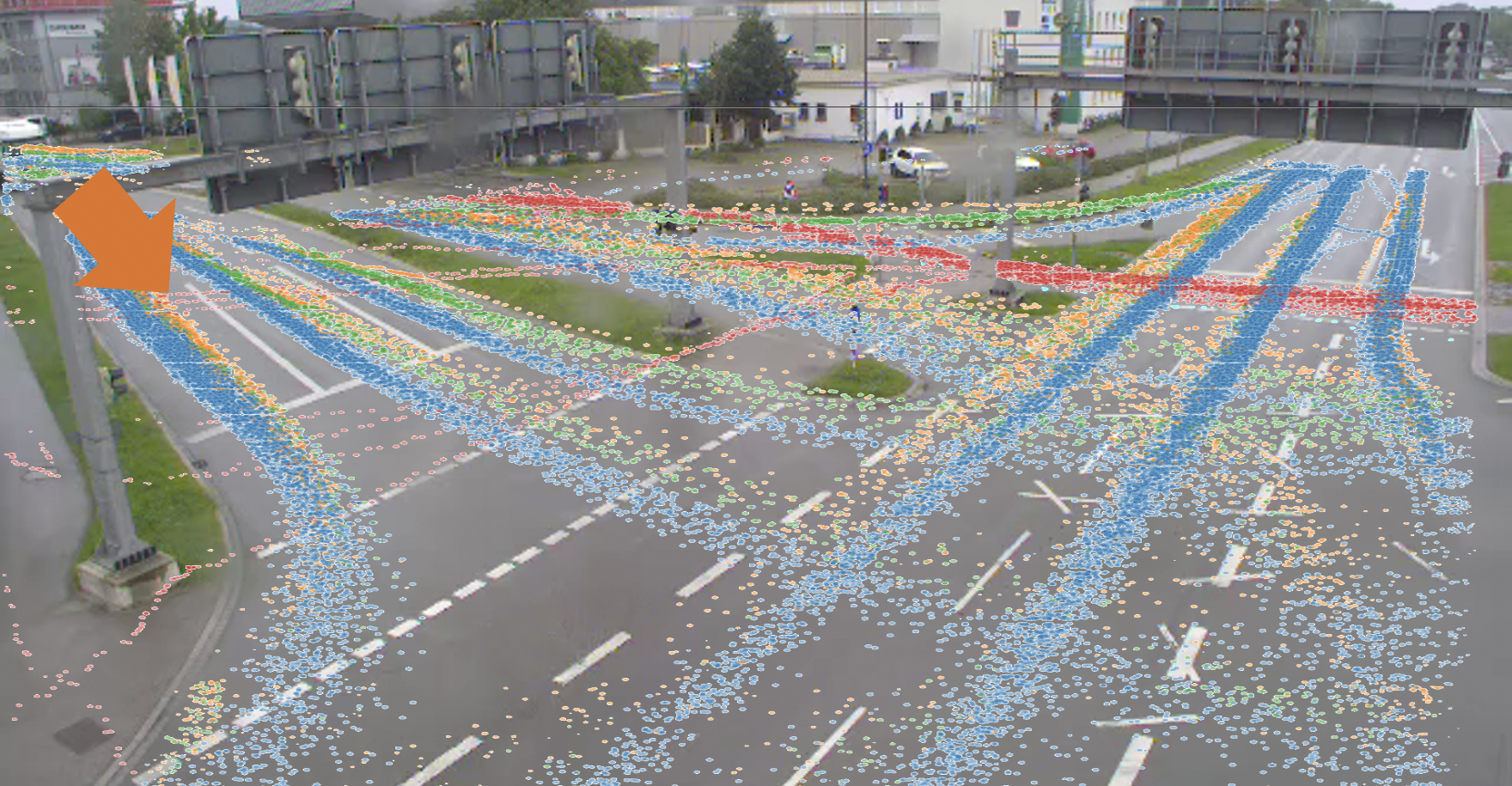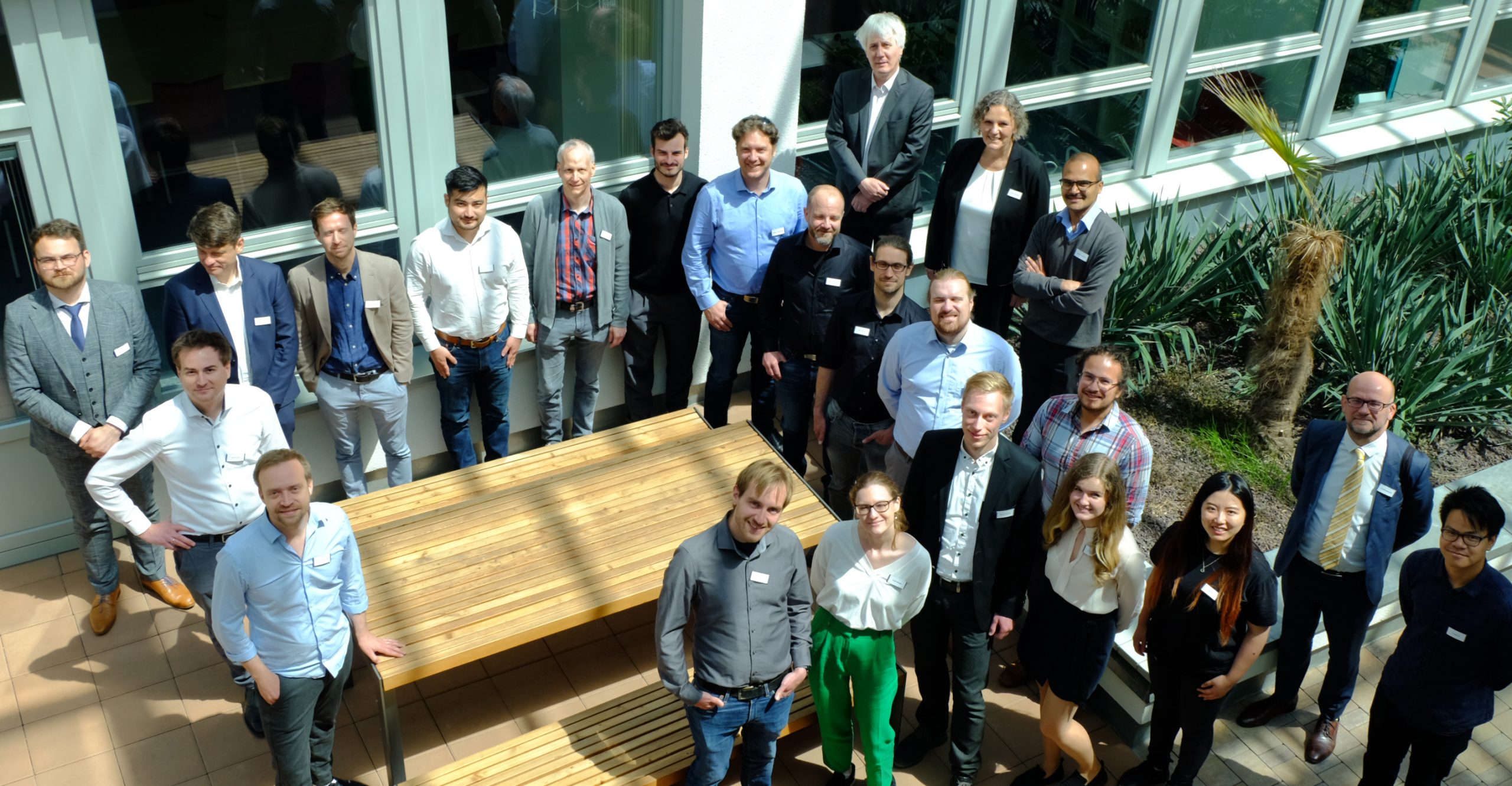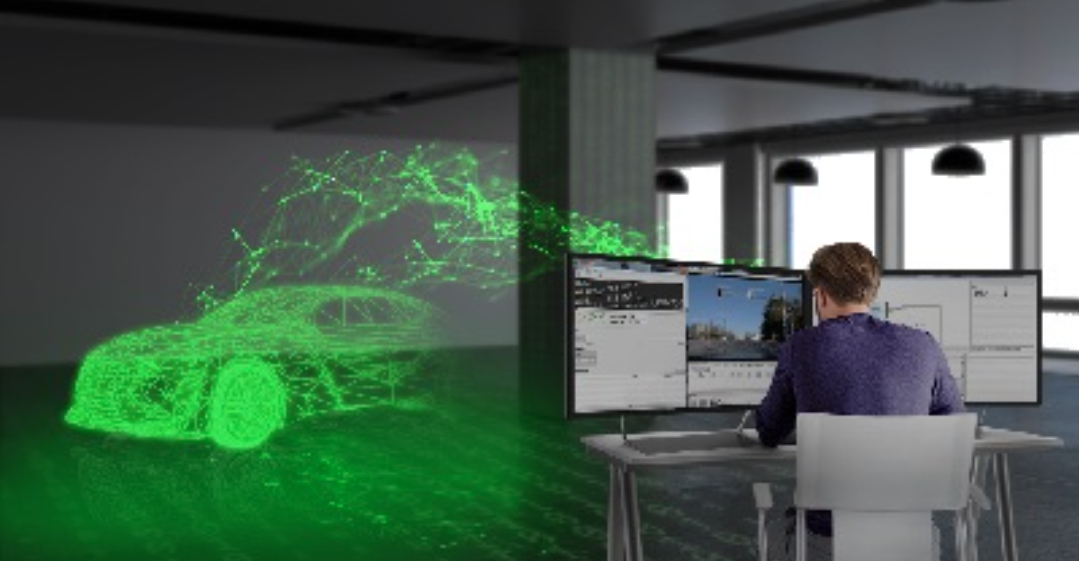
Trendone: 5 technology trends – and how Providentia++ uses them
Machine learning, the Internet of Things, and predictive analytics as top cross-industry trends; automation as one of the mega-trends; and autonomous driving about to take off: Trend researcher Trendone has looked at technology trends. Here’s how they are already being used in Providentia++.
1. IoT, ML, and predictive analytics: Three technologies used by nearly every industry
According to the Trendone researchers, machine learning, predictive analytics, and the Internet of Things belong to the top technologies that are on the verge of a breakthrough across all industries, with mainstream adoption expected in two to four years. Trendone looked at various industries and found that these technologies are among the most relevant.
For use in modern connected traffic scenarios such as Providentia++, sensor data is collected via the Internet of Things, objects are identified with neural networks (artificial intelligence), and machine learning is employed to recognize patterns in traffic behavior.
2. Digital twins are especially important for transportation and mobility
In the transportation and mobility industry, the digital twin is among the top three trends. Vehicles and vehicle production are simulated in digital twins. In an estimated three to five years, this will enable added value from the design to the use phase.
Providentia++ uses the mapping of a physical state as a digital twin to represent a traffic situation. To accomplish this, sensor data is analyzed, fused, and displayed in a digital twin.
3. Automation: Technology makes more and more of its own decisions
Automation belongs to the six mega-trends. It is determined by technologies and developments such as autonomous mobility, collaborative robots (cobots), empathetic technology (emotionally intelligent systems), 3D printing, and machine learning.
Research from Providentia++ improves assistance systems in modern vehicles. The external data is used to verify the sensor system of the vehicle itself and to make automated and autonomous driving safe.
4. Automation and autonomy: Vehicles themselves take on more functionalities
Autonomous vehicles “will turn our understanding of mobility completely upside down over the next few years,” according to Trendone. Radar, lidar, and camera systems already scan the environment better than humans are able to. And artificial intelligence will contribute to humans being replaced as drivers in the next six to eight years. The importance of this development is rated quite high, at 4.0 on a scale of 0 to 6.
External sensor stations from Providentia++ validate the sensors on board connected vehicles. Thus, they create the preconditions necessary to make driving safer and more predictable – and, in the long term, to make autonomous driving possible.
5. Data creates the basis for intelligent decisions
Technologies of the data era in particular, such as the Internet of Things, open data, and predictive analytics, are on the brink of becoming mainstream.
The more data is available, the more object recognition will improve, leading to better prediction of dangerous traffic situations.
Find the complete Trend Radar Study 2020 from Trendone GmbH here.
FURTHER CURRENT TOPICS

Cognition Factory: Evaluate and visualize camera data
Since the beginning of research on the digital twin, AI specialist Cognition Factory GmbH has focused on processing camera data. In the meantime Dr. Claus Lenz has deployed a large-scale platform

Digital real-time twin of traffic: ready for series production
Expand the test track, deploy new sensors, decentralize software architecture, fuse sensor data for 24/7 operation of a real-time digital twin, and make data packets public: TU Munich has decisively advanced the Providentia++ research project.

Elektrobit: Coining Test Lab to stationary data
Elektrobit lays the foundation for Big Data evaluations of traffic data. Simon Tiedemann on the developments in P++.
